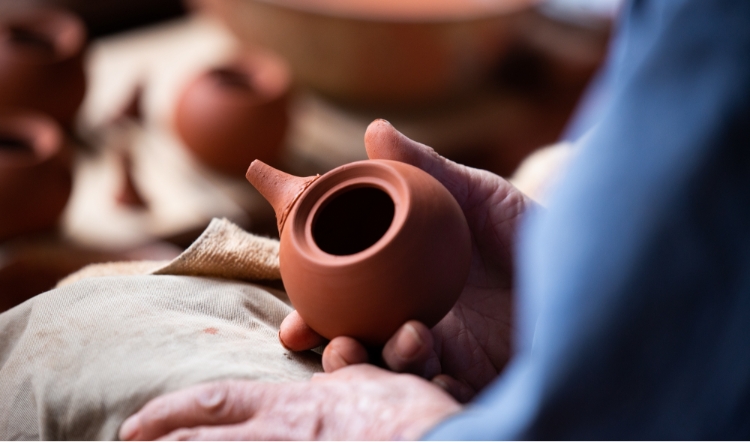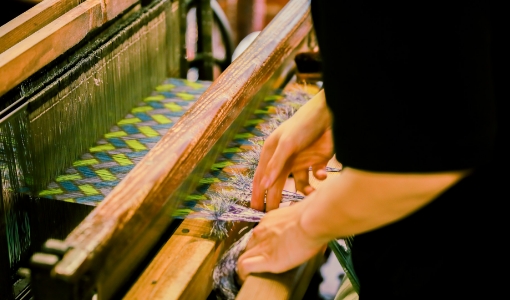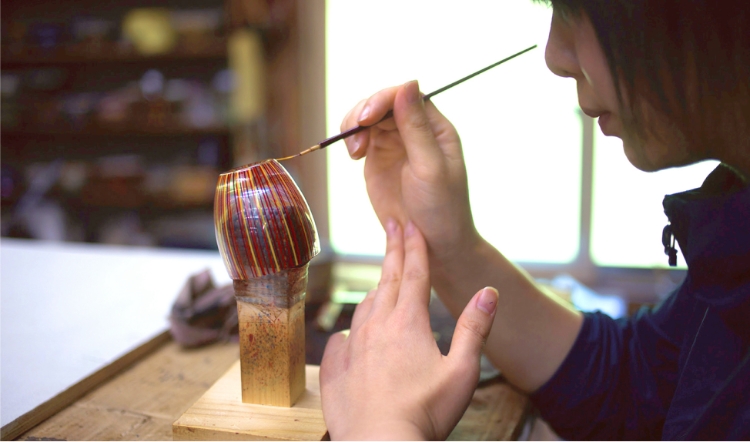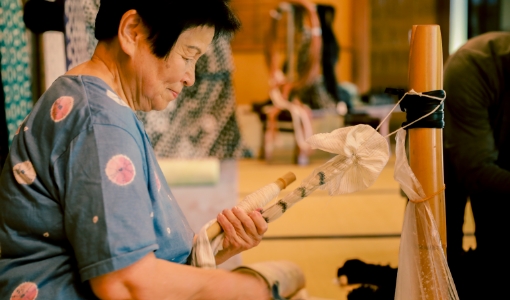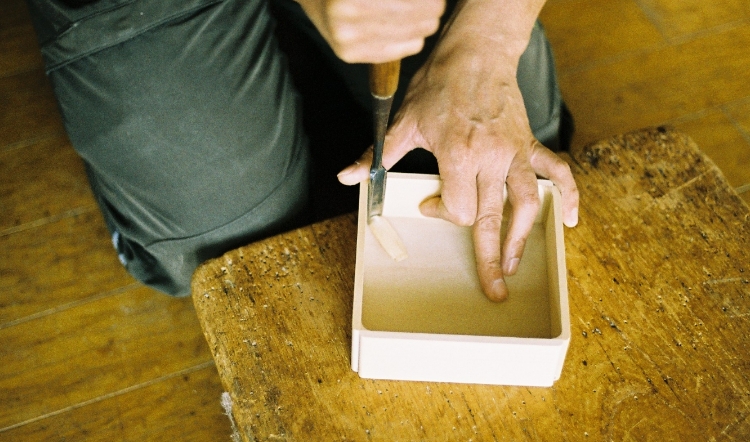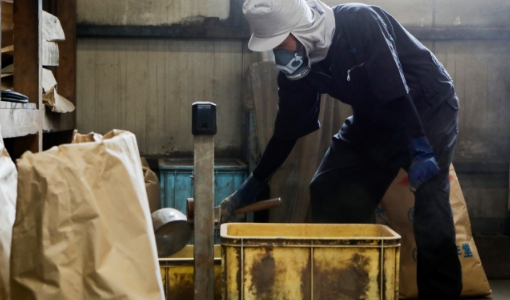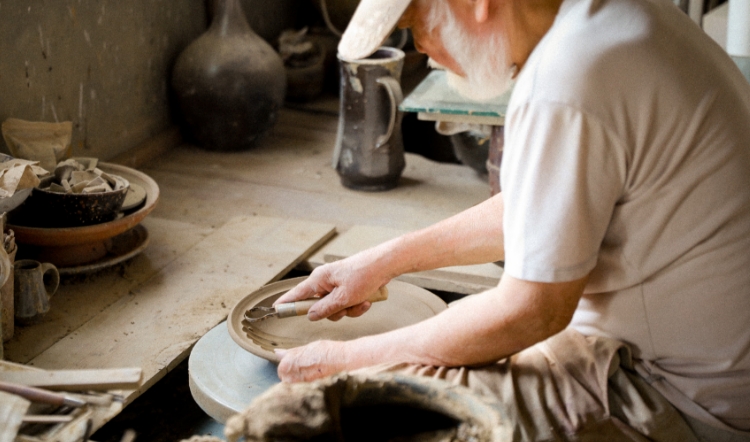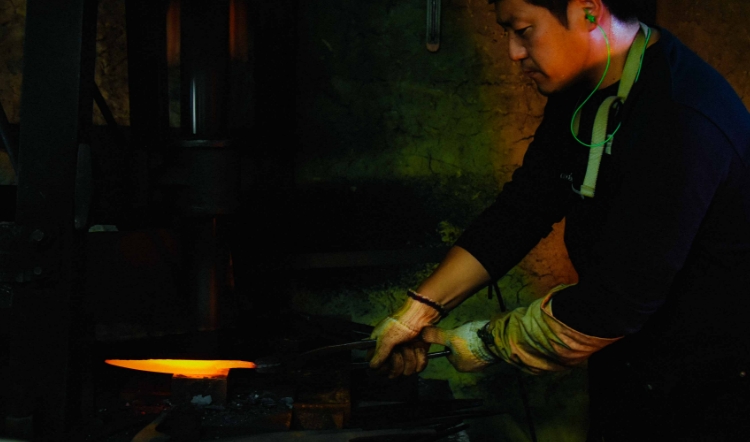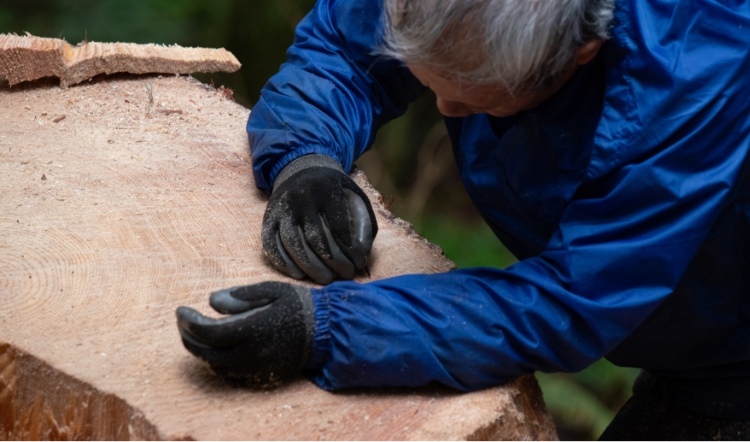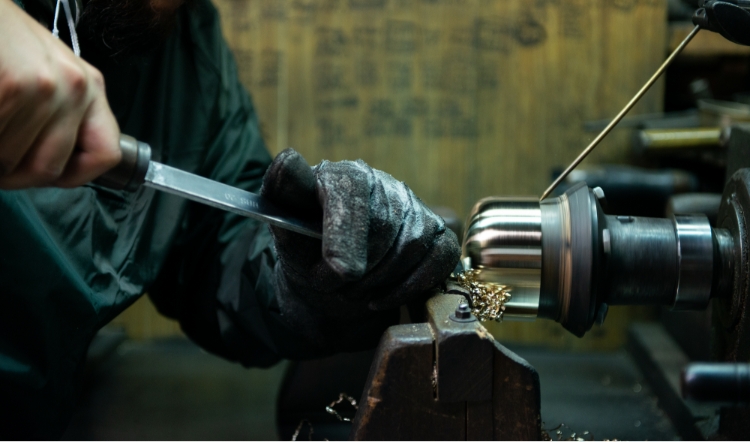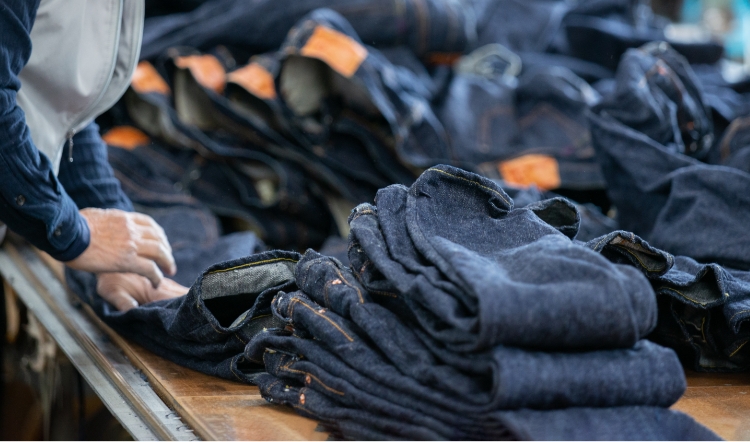
Hyogo Prefecture was once divided into five provinces and is the only prefecture in Japan to face two seas: the Sea of Japan to the north and the Seto Inland Sea to the south. Harima, the largest of these provinces, is home to a rich blend of cultures and myths about its Yamato blacksmith forges, documented in the “Kojiki (Records of Ancient Matters)” and the “Harimakuni Fudoki (Records of the Harima Province)”, written in the 8th century, showing that iron production and blacksmithing were flourishing even back then. The introduction of blacksmithing techniques from Korea laid the foundations for Miki’s emergence as a town of blacksmiths.
However, during the Battle of Miki in 1578, the town was burnt to the ground. To restore it, Hashiba Hideyoshi–who would later unify Japan–gathered carpenters to rebuild temples and homes. The carpenters honed their skills here, and as they traveled throughout the country, their expertise and the high quality of their carpentry tools gained national renown.
In recent years, blacksmiths making “Banshu Miki Uchihamono (Forged Blades)”, which includes saws, planes, and chisels, designated as traditional “Crafts of Japan”, have also expanded production to include blades and cutlery used in everyday life such as kitchen knives, razors, scissors, and agricultural tools. Through a division of labor system, specialized craftsmanship has evolved alongside tool making, including roles such as sharpening experts.
We invite you to journey to Japan’s oldest blacksmithing town, exploring the essential role of blades and blacksmithing deeply rooted in daily life, and experiencing the rich culture and history of Miki that lies behind it.

Click the button to link to an external site dedicated to inquiries.

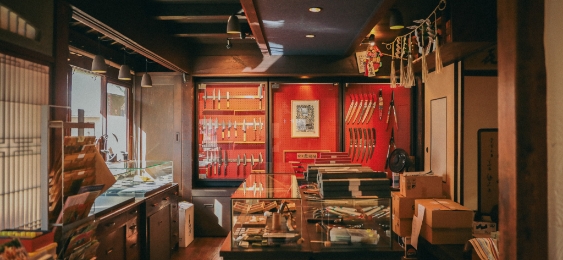
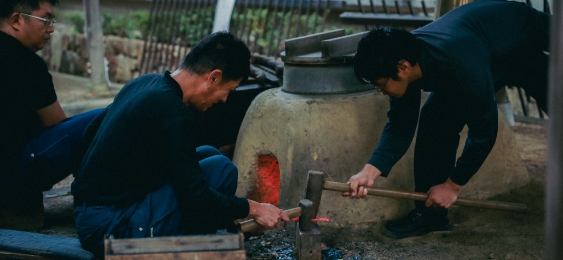

In Miki, Japan’s oldest blacksmith town, you will find forges producing kitchen knives cherished by chefs and planes loved by carpenters while learning about the mythology and history behind “Yamato-kaji (Yamato forging)”. Visitors can experience the craftsmanship and skills of the artisans in the workshop, where blades are forged from iron.
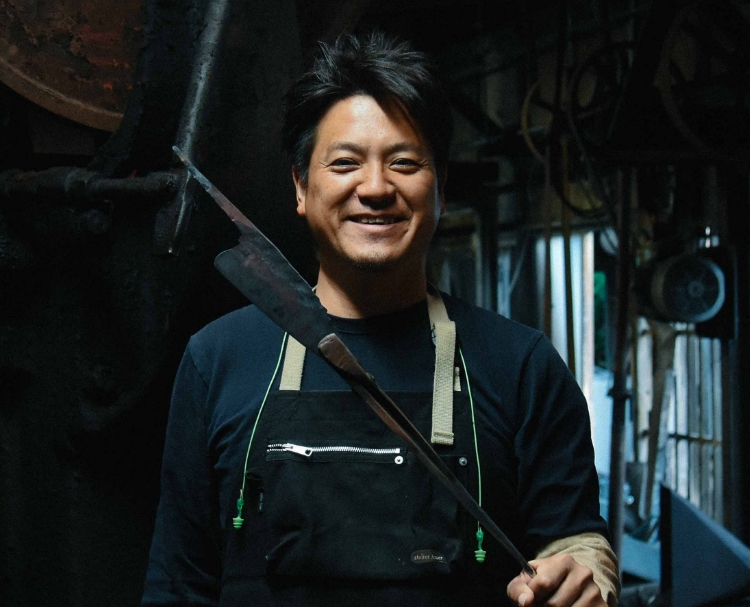


Founded as a sickle-making forge in the early 1900s, TANAKA Kazuyuki Hamono is now led by fourth-generation successor Shigekii Tanaka. Foreseeing new trends, he apprenticed with a master knife-maker in Takefu City, Fukui Prefecture, transforming TANAKA Kazuyuki Hamono from a sickle specialist to a renowned knife-making forge. In addition to his commitment to traditional techniques like forging and hand-hammering, Mr. Tanaka encourages feedback from his users to craft specialized knives for fishermen and chefs. He also makes knives using beautifully detailed Damascus pattern steel while continuing to research and incorporate new materials.




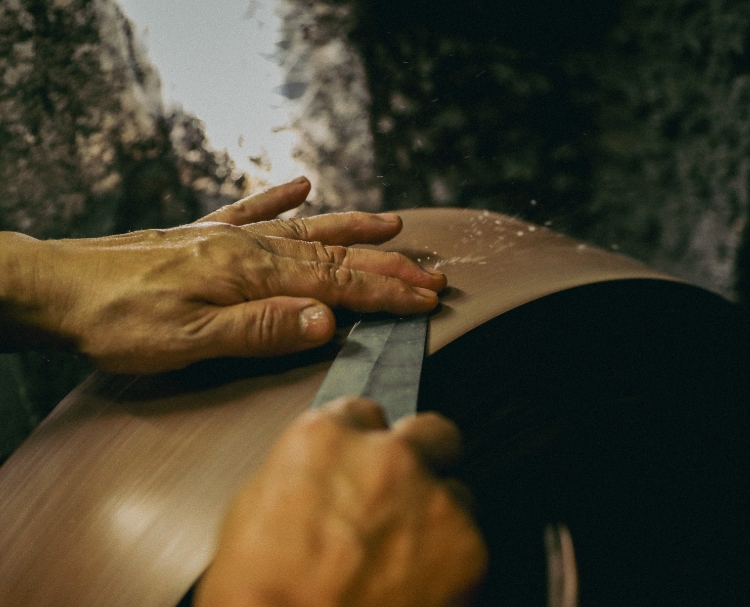

Mr. Miyawaki is the third-generation owner of Misuzu Hamono, a company specializing in sharpening techniques that determine cutting performance and quality. At 37, he left his role at an advertising company to join Misuzu Hamono, then run by his father-in-law. Misuzu Hamono was the first in Japan to develop a “stainless steel Warikomi” knife, crafted by sandwiching a steel core between layers of stainless steel. The company also manufactures other new types of long-lived knives that can be used for a wide range of purposes: the「Misuzu」tailored to the lifestyle of people who wish to use the same knife for a variety of tasks, and the「Sekisou-kaji」(similar to Damascus pattern-welding), with a firm but flexible blade that enables the user to cut finely.



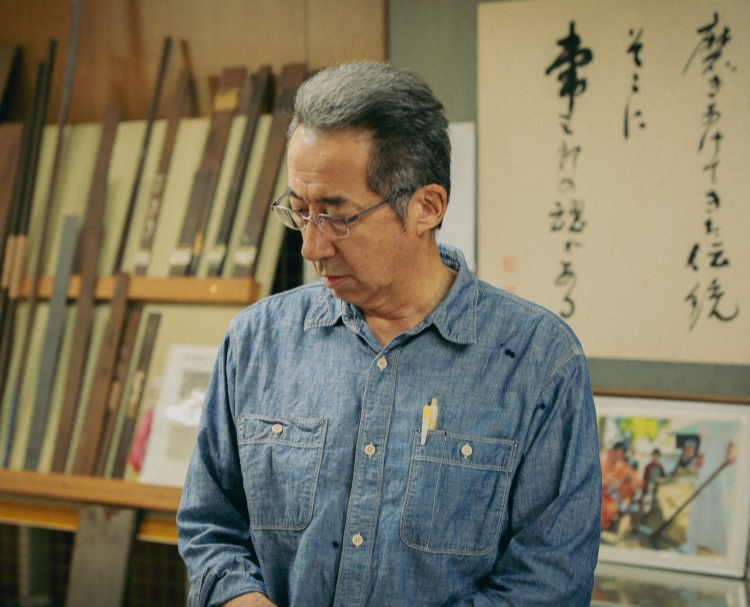

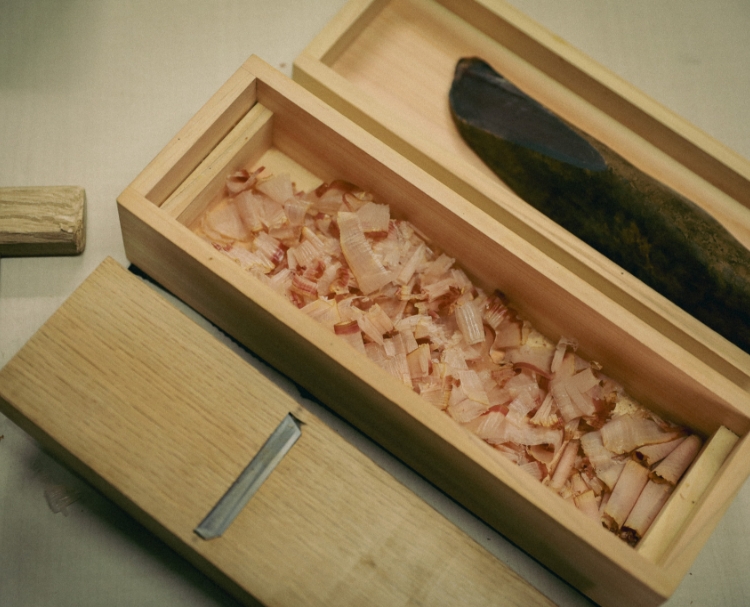
Mr. Uozumi is the third-generation owner of Tsunesaburo Co., Ltd (formerly Tsunesaburo Kanna Factory), established in 1947. Before joining Tsunesaburo at the age of 30, Mr. Uozumi had developed extensive skills in sales and trade shows while working for a major metalworking machinery company. He used these skills to establish the “Tsunesaburo brand” by developing hand planes using traditional craftsmanship techniques and high-precision machine processing. Today, the company is actively expanding into overseas markets. In addition to carpentry tools such as planes, the company also makes bonito shavers.





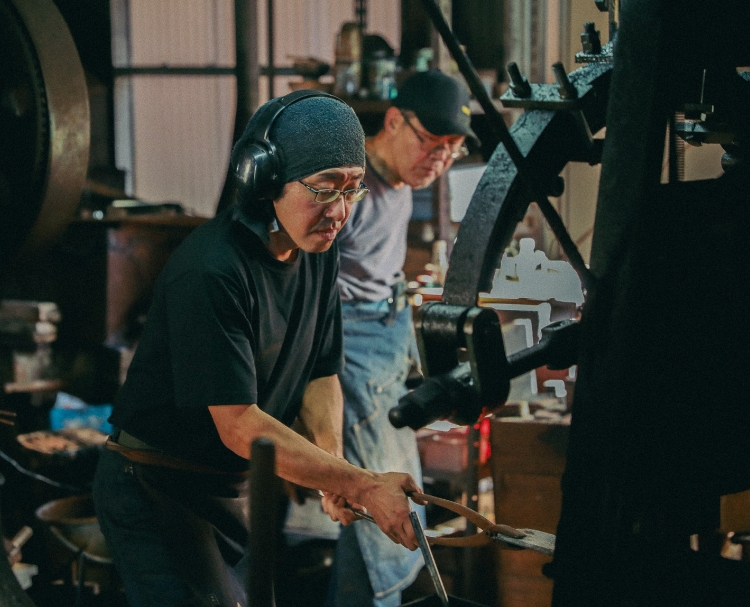
In 1903, the founder Kiichi Yamamoto apprenticed under Utaro Kurokawa, a master craftsman of “kanna (plane blades)”. In 1919, he established Yamamoto Plane Manufacturing as a forge dedicated to plane blade production. In 2010, the third-generation owner-maker, Yoshihiro Yamamoto, was certified as a Traditional Craftsman of Banshu Miki Uchihamono (Forged Blades), known professionally as master craftsman, “Tesshin-sai Horaku”. Together with his son, Kensuke, he makes specialist plane blades, including large ones over five sunn (approx. 15.2 cm), small flat planes of one sunn (approx. 3 cm), as well as “kiwa (shoulder)” planes and “uchimaru-sotomaru (concave-convex)” rounding planes.



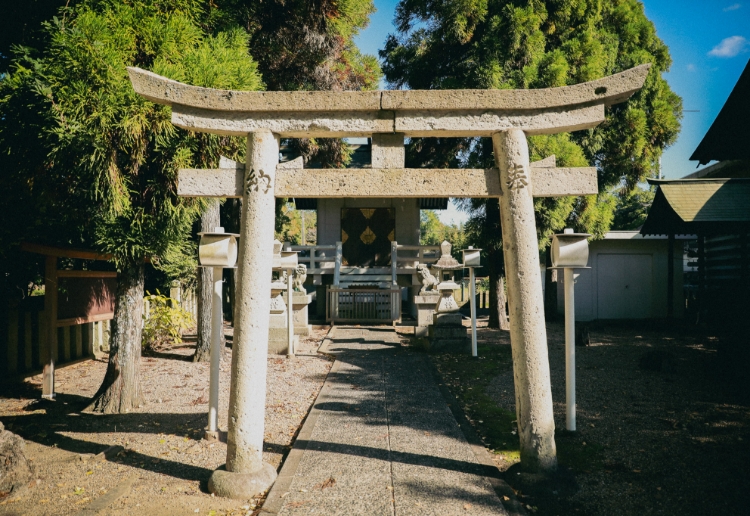
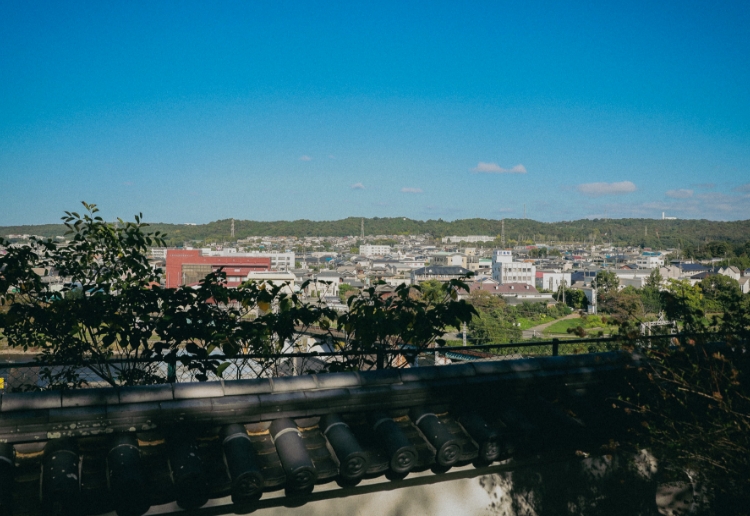

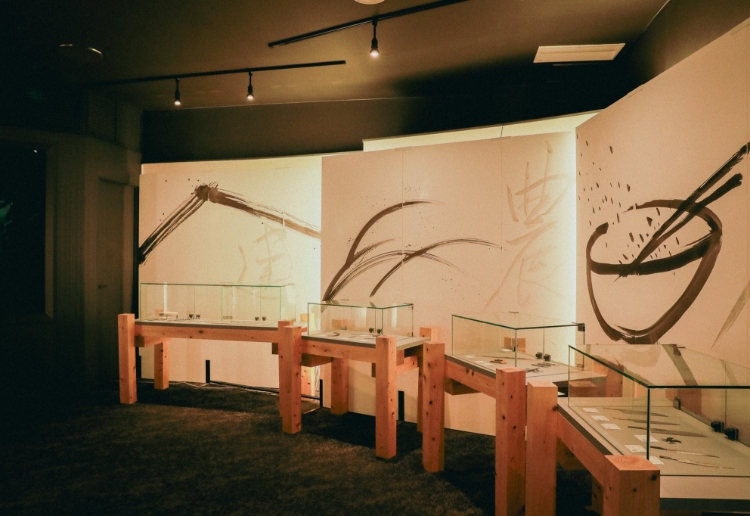
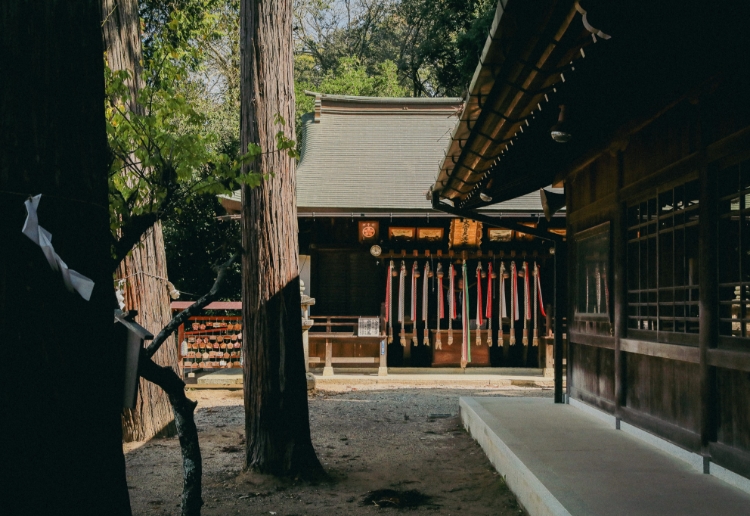
Click the button to link to an external site dedicated to inquiries.
